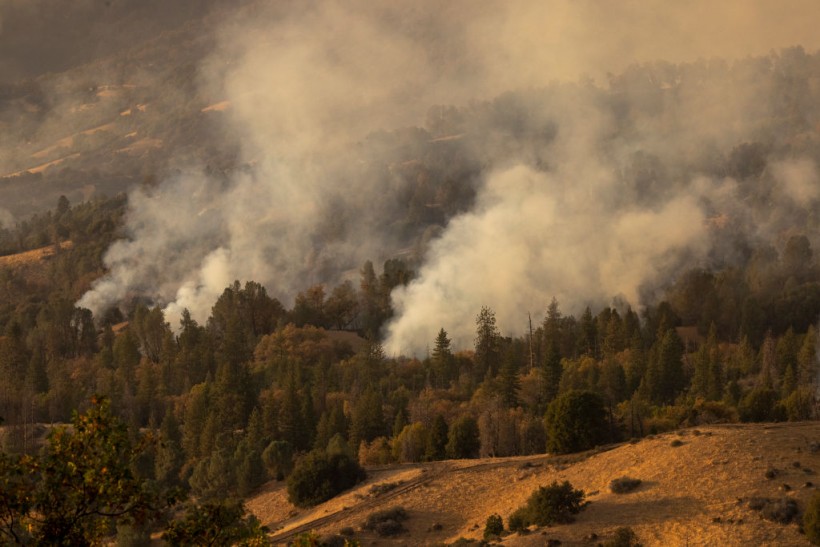A new study recently revealed that as the climate of the world shifts, trees and vegetation are on the move, and the spread of wildfire accelerates these movements.
A ScienceAlert report indicates that plants and trees choose where they are putting down their roots according to the surrounding environment.
Both animal and tree species are expected to head for cooler and wetter locations as the world becomes hotter to search for more suitable habitats for both growth and reproduction.
For plants that creep their way steadily into higher altitudes, this migration is not precisely slow going, which averages a pace of roughly five feet each year.
ALSO READ: UN COP26: Hottest Temperature Recorded in the Last 7 Years; 2021 Pivotal for Climate Change

A study revealed that as the climate of the world shifts, threes, as well as other vegetation are on the move and these movements are accelerated by the spread of wildfire.
Helping Shape the Future of Forests
As indicated in their study published in Nature Communications, the researchers said if wildfires are helping some species get ahead of others, which is an essential consideration for management and preservation of forests, especially as the factors that drive this tree to wander are not completely understood by scientists at present.
According to Avery Hill, a plant biologist from Stanford University in California, complex, interdependent forces have shaped the future of forests.
She added, they leveraged the amount of ecological data, hoping they could contribute to a growing body of research at handling such ecosystem transitions.
The study investigators analyzed 74,0649 forest plots all across nine states in the western United States, searching for the distances between new seedlings and mature trees to approximate how fast tree species migrated from one place to another.
Showing Signs of Bigger Changes in Areas Affected by Wildfire
Out of the eight species that seemed to be on the move, two species, specifically Douglas fir or Pseudotsuga menziesii, and the canyon live oak or Quercus chrysolepsis, exhibited indications of bigger changes in areas impacted by wildfire compared with sites that had not been burned in the past couple of years, a similar NewsDesk report said.
While this particular research does not look in detail at the reasons for such an occurrence, the study authors suggested the capability for species like the canyon live oak to sprout quickly, following a fire provides it an advantage.
Paired with the canopy's destruction, a wildfire could benefit some migrating species of plants over others. The researchers said, it is probably not the entire story in this circumstance.
The researchers specified that wildfire reduces vegetation cover and thus lessens some aspects of the plant-to-plant competition. It also offers an entry point for exploring the hypothesis that taking out competitors speeds up the climate-associated expansion of the range.
Certainly, the study authors continued to describe in their research, the impacts of fire on community assembly go beyond the reproduction of plant-to-plant competition, and the fire ecology's other aspects could affect climate-associated range shifts.
There is evidence that some trees are not able to keep pace with climate change, possibly leaving certain species stranded in habitats that are not appropriate since they are not able to move to newer sites quickly enough.
Related information about wildfires and climate change is shown on PBS NewsHour's YouTube video below:
RELATED ARTICLE: Tiny Unicellular Protist Can Help Predict Climate Change and Buffer Global Warming, Study Says
Check out more news and information on Climate Change in Science Times.














